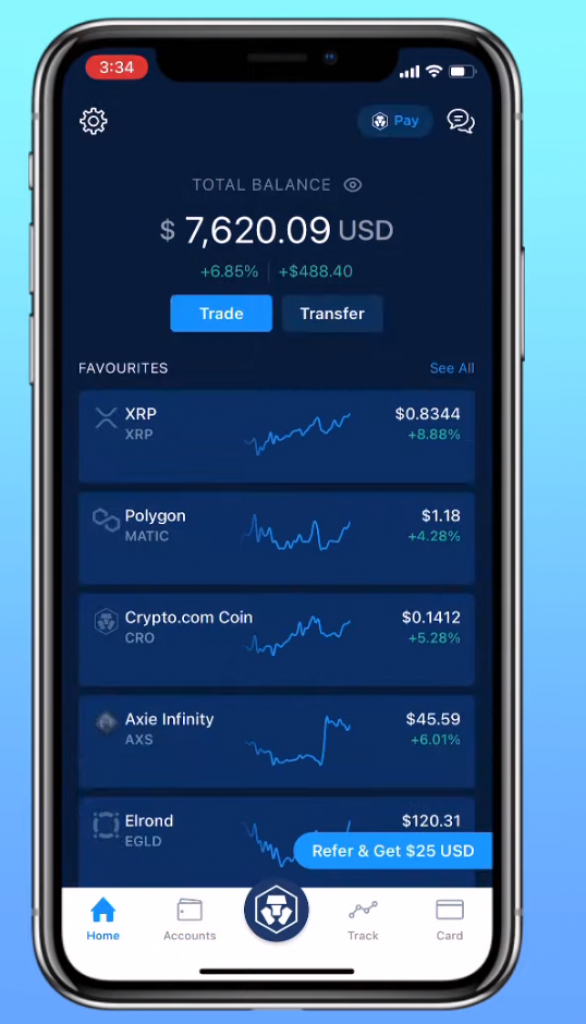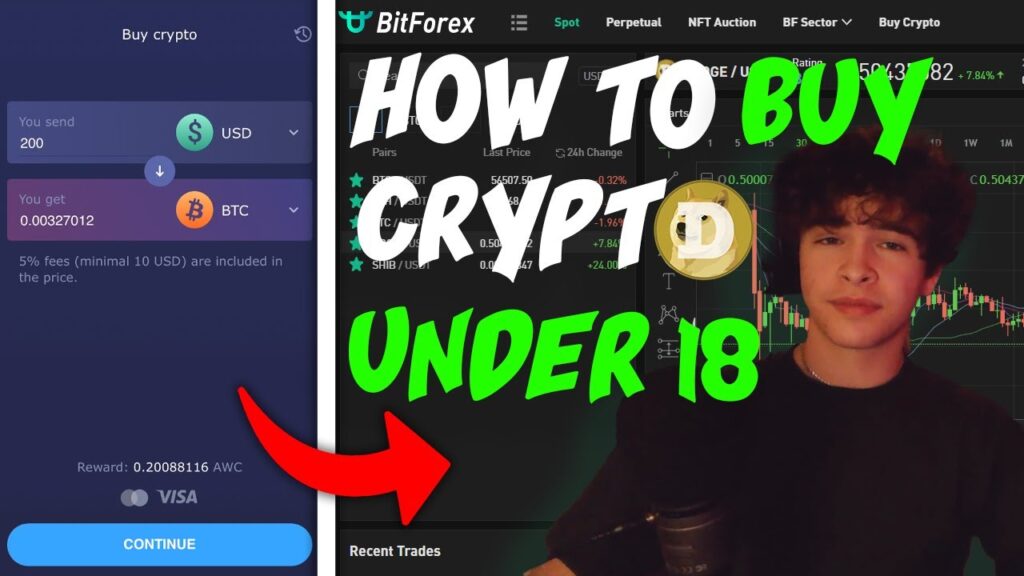
The cryptocurrency market is on the brink of a significant event with over $525 million in Bitcoin (BTC) and Ethereum (ETH) options set to expire on Friday, Dec. 27. This expiration event is anticipated to be one of the largest in 2024, but traders are maintaining a sense of calm regarding volatility expectations.
The implied volatility in the market remains subdued despite the high volume of contracts nearing expiration. While BTC and ETH have experienced increased realized volatility due to sharp price movements, the short-term options pricing has not reflected a similar rise in implied volatility.
There is a noticeable difference in the volatility term structures between ETH and BTC. ETH shows an inversion, indicating higher short-term volatility expectations, while BTC’s term structure suggests more turbulence in the long term, keeping short-term volatility relatively low.
Funding rates reflect changing market conditions
The funding rates across perpetual swaps have mirrored the choppy behavior of the spot market, transitioning through different regimes in December. High funding rates at the beginning of the month supported bullish sentiment, but they stabilized and even turned negative in response to price pullbacks.
These negative funding rates do not necessarily correlate with liquidation events but rather demonstrate a cautious market reacting to subdued price action.
Despite the approaching year-end, open interest in BTC and ETH options remains strong, with call options dominating. Traders have been focusing on put options recently to hedge against short-term downside risks, reflecting a cautious approach amidst heightened volatility.
Volume and holiday trading
While trading volumes have slightly decreased from the peaks seen in December, there is no indication that traders are taking a break for the holidays. Instead, they seem to be preparing for potential volatility ahead of the options expiration.
Realized volatility has consistently surpassed implied volatility for short-term options in the past month, indicating a slow adjustment to recent price swings. Despite a spike in short-term volatility midweek, the volatility term structure has remained relatively flat.



